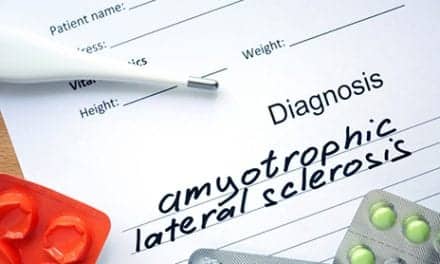Treating the extracellular matrix, which is the area that surrounds cells, with cold plasma may help influence bone growth and healing, researchers note.
“We showed that matrix treated with cold plasma generated using microsecond pulsing can promote differentiation of cells into cartilage and increase bone formation,” says Theresa Freeman, PhD, lead author of the study, which was published recently in Journal of Tissue Engineering and Regenerative Medicine.
“Conversely, we showed matrix treated with nanosecond-pulsed cold plasma inhibited cell differentiation and bone formation,” adds Freeman, associate professor in the Department of Orthopedic Surgery in the Sidney Kimmel Medical College at Thomas Jefferson University, in a media release from the university.
In addition, per the release, the study suggests that cold plasma may be “tuned” to either promote or inhibit cell/matrix interactions by chemically altering the matrix.
The researchers first exposed a commercially available extracellular matrix, (Matrigel) to either nanosecond or microsecond pulsed cold plasma at different frequencies. When microsecond cold plasma-treated Matrigel was inserted into a mouse, cells entered the gel and began the process of bone formation. However, far fewer cells entered the nanosecond plasma-treated Matrigel, and bone formation was stunted, the release explains.
Using an in vitro assay, the researchers suggest that cells grown on microsecond plasma-treated collagen had higher levels of focal adhesion kinase activation, indicating better cell/matrix attachments which helps initiate bone formation. There were also higher levels of anti-apoptotic proteins, suggesting better cell viability than in nanosecond-cold plasma treated collagen, the release continues.
[Source(s): Thomas Jefferson University, Newswise]





